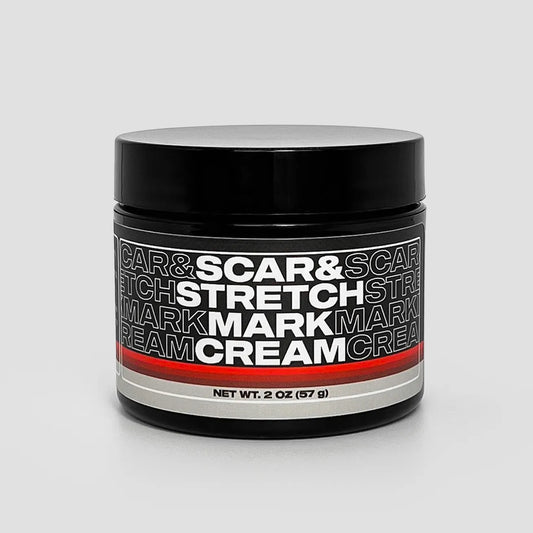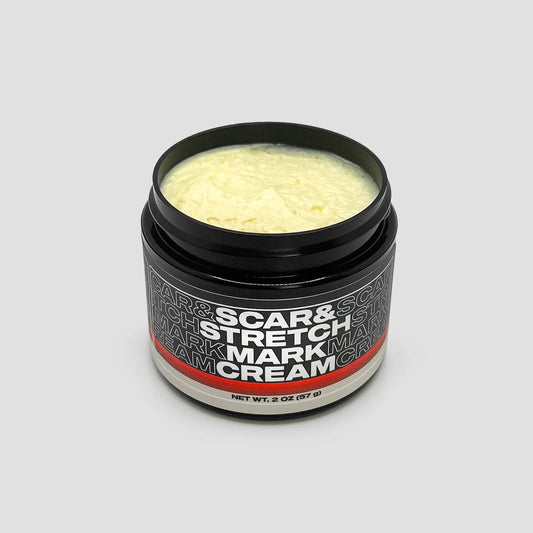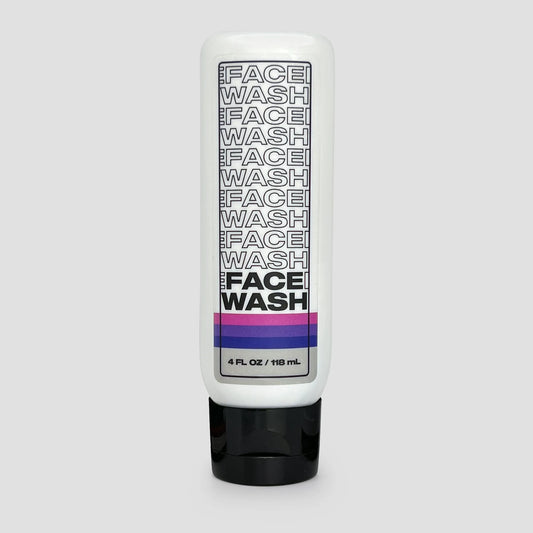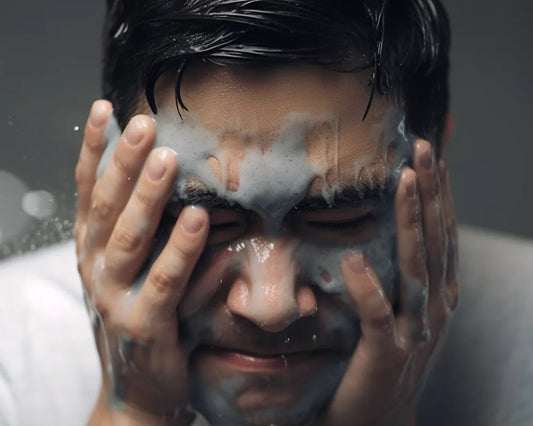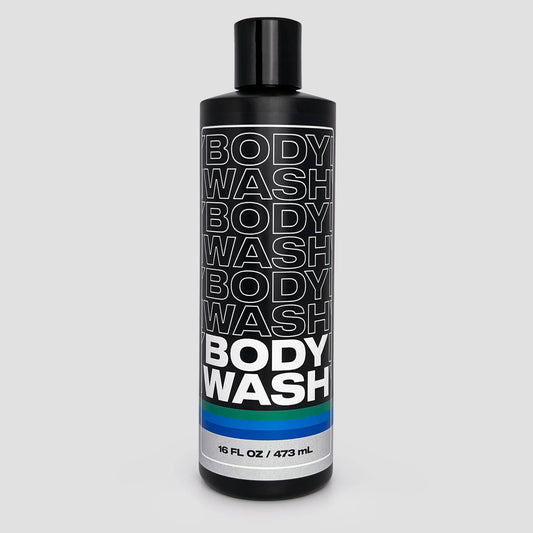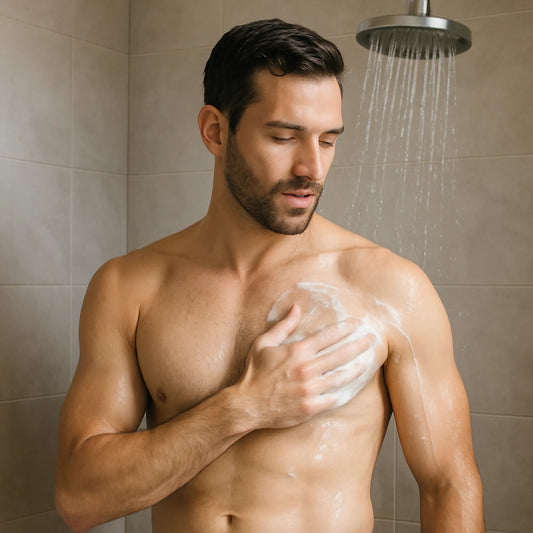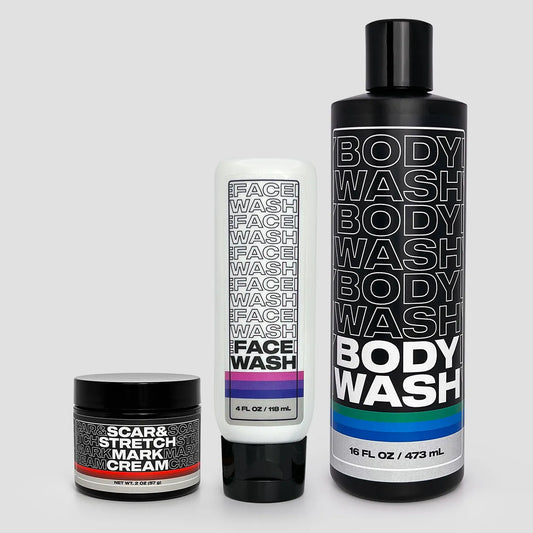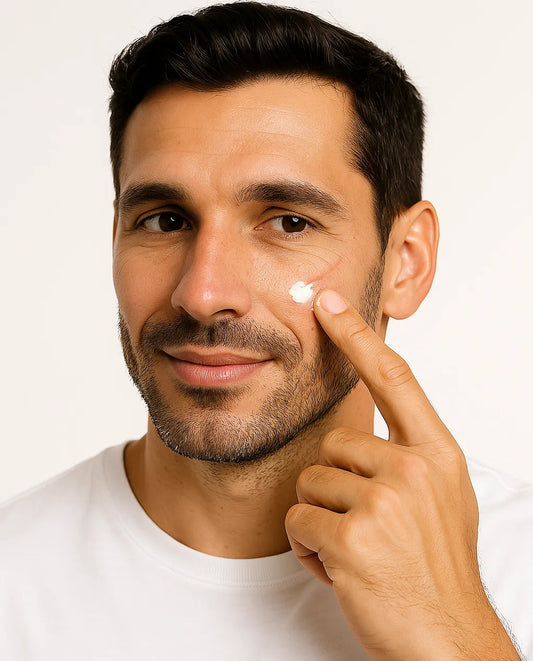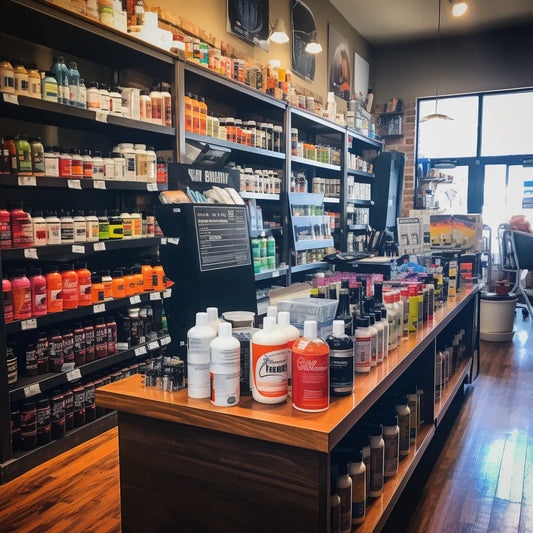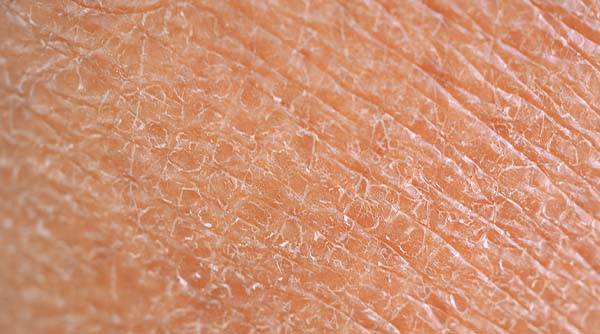
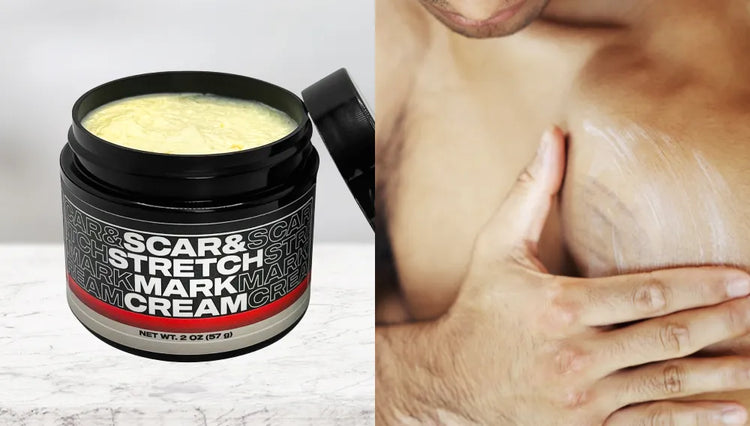
When it comes to skin issues that we encounter as athletic men, stretch marks and scars are often on our minds. However, another issue that can go unnoticed is dry or cracked skin and even athlete's foot. Is this just a superficial problem, or is it worth our attention?
In this article, we'll examine the difference between athlete's foot vs dry skin, identify the causes of each, and provide some practical tips to help prevent and treat these issues.
Read on to discover how to keep your feet and skin healthy and get back to pursuing your fitness goals.
What is athlete's foot and how is it different from dry skin?
Athlete's foot is an infection caused by a fungus that thrives in warm, damp environments such as locker rooms or public swimming pools, while dry skin, is a common skin issue that can be caused by a variety of factors such as cold weather, dehydration, or excessive sun exposure.
Athlete's foot fungus can spread to the skin between your toes and onto the soles of your feet. The symptoms of athlete's foot include itching, burning, and scaling of the skin. Dry skin is characterized by flaky, itchy, and sensitive skin that can easily crack when left untreated.
How can I tell if I have athlete's foot or dry skin?
The symptoms of athlete's foot are easy to identify, as they often involve itching, burning, and scaling of the skin. If you notice any of these symptoms, it is important to treat the infection as soon as possible to prevent it from spreading. With dry skin, the symptoms are generally less severe, but still worth addressing. You may notice flaky, itchy, or sensitive skin, and over time it may become cracked and painful if not taken care of.
How to prevent and treat athlete's foot and dry Skin
Athlete's foot is a common issue that can be easily prevented with a few simple habits:
1. Keep your feet clean and dry
Make sure to dry your feet thoroughly, especially between your toes, after washing them. This will help prevent any excess moisture that could lead to fungal growth.
2. Wear shoes and socks that allow your skin to breathe
Footwear made from breathable materials such as leather or mesh can help prevent sweat from accumulating and offer ventilation for your feet.
3. Avoid sharing towels, shoes, or socks
Athlete's foot is highly contagious and can easily be spread through personal items or intimate contact. Avoid sharing these items and always take preventive action to keep your feet clean and dry.
4. Use an anti-fungal spray or powder
For mild cases of Athlete's foot, over-the-counter anti-fungal sprays or powders can help combat the infection. Make sure to read the labels carefully and follow the instructions to avoid any adverse reactions.
Dry skin can also be treated with some simple preventive habits:
1. Stay Hydrated
Drinking water can help keep your skin hydrated, plump, and fresh. If you're active and sweating, make sure to replenish lost fluids with water or an electrolyte drink.
2. Moisturize regularly
Moisturizing your skin regularly can help prevent it from becoming dry and cracked. Consider using a body lotion that contains ingredients such as glycerin or hyaluronic acid to help attract and retain moisture in your skin.
3. Wear proper clothing
Clothing that is too tight or made from non-breathable materials can cause your skin to become irritated and may exacerbate dry skin. Look for clothing made from natural materials like cotton or bamboo that are loose-fitting and breathable.
4. Avoid hot water
Hot showers or baths can strip your skin of its natural oils and lead to dryness. Stick to warm water instead, and limit your showers to 10 minutes or less.
What are the risk factors for athlete's foot and dry skin?
The risk factors for athlete's foot include:
- Walking barefoot in public places such as swimming pools or locker rooms
- Sweating excessively
- Wearing tight or non-breathable shoes
- Having a weakened immune system
The risk factors for Dry Skin include:
- Cold or dry weather
- Hot showers or baths
- Exposure to harsh chemicals
- Dehydration
When should I see a doctor or dermatologist for athlete's foot or dry skin?
If you have a severe case of athlete's foot that does not respond to over-the-counter treatment within two weeks, you should see a doctor. Likewise, if you have symptoms of dry skin that persist despite following preventive measures, you should consider seeing a dermatologist.
Maintaining healthy feet, healthy skin
Athlete's foot and dry skin are two common issues that athletic men may encounter. Although they may seem like minor concerns, both can have a big impact on your overall health and well-being, and can even hinder your pursuit of fitness goals.
Fortunately, by following some simple preventive habits and seeking treatment when needed, you can keep your feet and skin healthy and pain-free.
Key Takeaways
- Athlete's foot is a fungal infection that can lead to itching, burning, and scaling of the skin. Dry skin can be caused by a variety of factors such as cold weather, dehydration, or excessive sun exposure.
- Preventive measures such as keeping your feet clean and dry, wearing breathable shoes and socks, and avoiding sharing towels, shoes, or socks can help prevent athlete's foot. Moisturizing regularly, drinking enough water, avoiding hot showers, and wearing loose-fitting, breathable clothing can help prevent dry skin.
- If you have severe or persistent symptoms of athlete's foot or dry skin, it may be time to consult a doctor or dermatologist.
Take care of your feet and skin, and you'll be one step closer to reaching your fitness goals.
